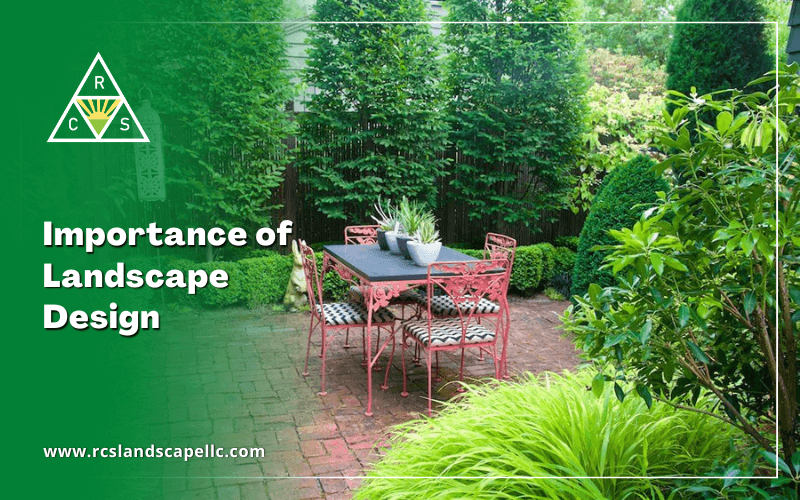Landscape Design for Dummies
Landscape Design for Dummies
Blog Article
Get This Report on Landscape Design
Table of ContentsThe Only Guide for Landscape DesignSee This Report on Landscape DesignSome Ideas on Landscape Design You Should KnowThe Ultimate Guide To Landscape DesignLandscape Design Things To Know Before You Get This
Official design theme. Credit History: Gail Hansen, UF/IFAS The lawn is an extension of the home where a range of activities take place. A backyard can normally be separated right into 3 areas: public (the front yard), exclusive (the back lawn), and service (generally the side yard). The location of task locations depends mainly on the kind of area, the dimension of area needed, the kind of task, and the preferred proximity to various other activities and structures.The outside wall of your house frequently works as the first wall surface or starting factor of an exterior space. Incompatible usages ought to be separated, and associated activities, such as cooking and eating, ought to be put together to make the lawn much more effective and enjoyable. When making use of hardscape to create areas, use construction material comparable to that used in your house for continuity from the home right into the yard.
Connected areas. Credit: Gail Hansen, UF/IFAS Utilizing similar hardscape functions and duplicating plants draws the eye around the yard.
Little Known Facts About Landscape Design.

For psychological comfort plants are used as physical or implied obstacles for personal privacy and security. Physical barriers obstruct both the view and access to an area and consist of fences, wall surfaces and plant bushes.
Physical and implied barriers. Credit History: Gail Hansen, UF/IFAS For these factors, the types of plants to be utilized (such as trees, hedges, or groundcovers) must be picked in the very early phases of preparation (Landscape Design). Plant types are picked for their functional capacities to ensure that their future function and required room can be taken into consideration at the exact same time

The Main Principles Of Landscape Design
Each plant mass is in front of, behind, or following to, one more mass. Credit Report: Gail Hansen, UF/IFAS Repeating plants within a mass and duplicating masses with similar plants links the garden with each other. The individual plant attributes have to be considered to successfully layer and mass plants.
All plant structures start with the major structure plants, the big, primarily evergreen history plants-such as the trees and huge bushes. These plants different or enframe spaces, regulate the dimension of the space, and give the starting point for picking the ideal qualities of the second layer, midground plants, for massing and try here infill.
Crucial factors in the garden need to be highlighted by the use one-of-a-kind plants, distinctive structures, or garden ornaments. Marking thresholds or entries to areas can be finished with gateways, arbors, and steps, or through making use of one-of-a-kind and vivid plants. The form and/or style motif of the garden will certainly commonly help determine the essential factors and just how they should be highlighted.
Other essential places in the yard are focal points, which is used to visually organize a landscaped location. The kind of prime focus frequently relies on the watching perspective. Different viewpoints or point of views can expose various make-ups in the landscape that might call for a range of prime focus. Contrasting texture, shape, dimension and color will certainly capture and hold the eye.
Top Guidelines Of Landscape Design

Number 13. Plant kinds. Credit History: Gail Hansen, UF/IFAS After type, texture is the next leading attribute of a plant; coarse, tool and fine structures can be made use of for contrast site and focus in the landscape. Form and appearance both trump color in the garden for most of the year. Throughout particular seasons, color will be the most noticeable characteristic of the garden.
The enjoyable fragrance of plants, the sound of wind in the trees, the sound and appearance of water, and the colors and structures of sculptures, pots and yard furnishings all contribute to the experience of the yard. One information that is commonly forgotten is the effect of light on the looks of the plants.

The smart Trick of Landscape Design That Nobody is Discussing
It is essential to know the ultimate fully grown size of plants so they can be placed in the right place and spaced effectively when they are installed. Offering plants space to grow is a challenge due to the fact that the usual fully grown dimension is typically based on optimum expanding problems and the ecological problems of a site might trigger a plant to enlarge or stay smaller.
Report this page